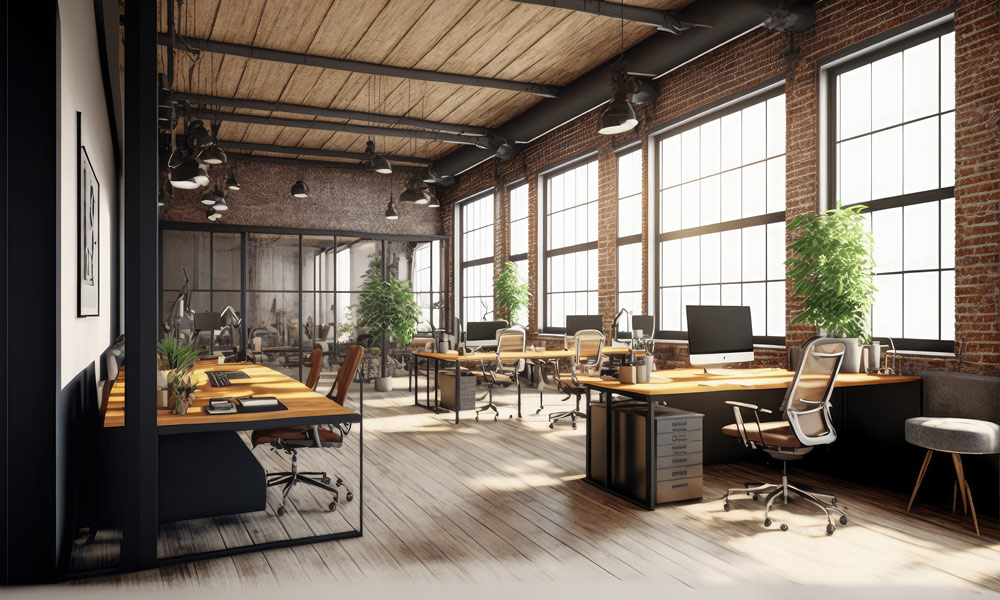In today’s fast-paced and ever-evolving world, creativity and innovation are crucial for the success of any business or organization. As a result, companies are increasingly focusing on creating work environments that foster creativity and inspire their employees to think outside the box. Innovative workspaces are designed to break away from traditional office settings and provide an environment that encourages collaboration, experimentation, and creative thinking.
The Importance of Innovative Workspaces
Traditional office spaces with cubicles and closed-door offices can stifle creativity and hinder communication among team members. On the other hand, innovative workspaces are designed to promote open communication, collaboration, and a sense of belonging. These environments are carefully crafted to stimulate creativity, boost productivity, and ultimately, drive innovation.
One of the key ingredients in designing innovative workspaces is the concept of flexibility. By providing a variety of spaces and areas for different types of work, employees have the freedom to choose environments that best suit their needs. This could include open-plan workstations, meeting rooms with comfortable seating, quiet zones for focused work, and even recreational areas that encourage relaxation and social interaction.
Elements of Innovative Workspaces
There are several key elements to consider when designing innovative workspaces:
- Flexible Layout: The workspace should be adaptable to different work styles and tasks. This can be achieved through the use of movable furniture, modular walls, and flexible layouts that can be easily reconfigured.
- Natural Light: Incorporating as much natural light as possible into the workspace can significantly improve mood and productivity. Large windows, skylights, and strategically placed mirrors can help maximize natural light.
- Color and Texture: Thoughtful use of color and texture can have a positive impact on creativity and mood. Incorporating vibrant colors, natural materials, and textures can create a stimulating and inspiring environment.
- Collaborative Spaces: Providing dedicated areas for collaboration, such as communal tables, brainstorming rooms, or breakout areas, can encourage teamwork and idea sharing.
- Wellness Areas: Innovative workspaces should also prioritize the well-being of employees. Designing spaces for relaxation, exercise, or meditation can help reduce stress levels and improve overall mental and physical health.
The Benefits of Innovative Workspaces
Investing in innovative workspaces can yield several benefits:
- Increased Productivity: By creating an environment that promotes creativity and collaboration, employees are more likely to feel engaged and motivated, leading to increased productivity.
- Enhanced Innovation: Innovative workspaces can inspire employees to think outside the box and come up with fresh ideas and innovative solutions.
- Attracting and Retaining Talent: Companies with well-designed workspaces are more likely to attract and retain top talent. A well-thought-out workspace reflects a company’s commitment to employee well-being and creativity.
- Improved Employee Satisfaction: By providing a comfortable and inspiring work environment, companies can boost employee satisfaction and overall job satisfaction.
Innovative workspaces are crucial for fostering creativity and driving innovation within organizations. By embracing flexible layouts, incorporating natural light, promoting collaboration, and prioritizing employee well-being, companies can create environments that inspire and motivate their employees to reach new heights of creativity and productivity.






Comments